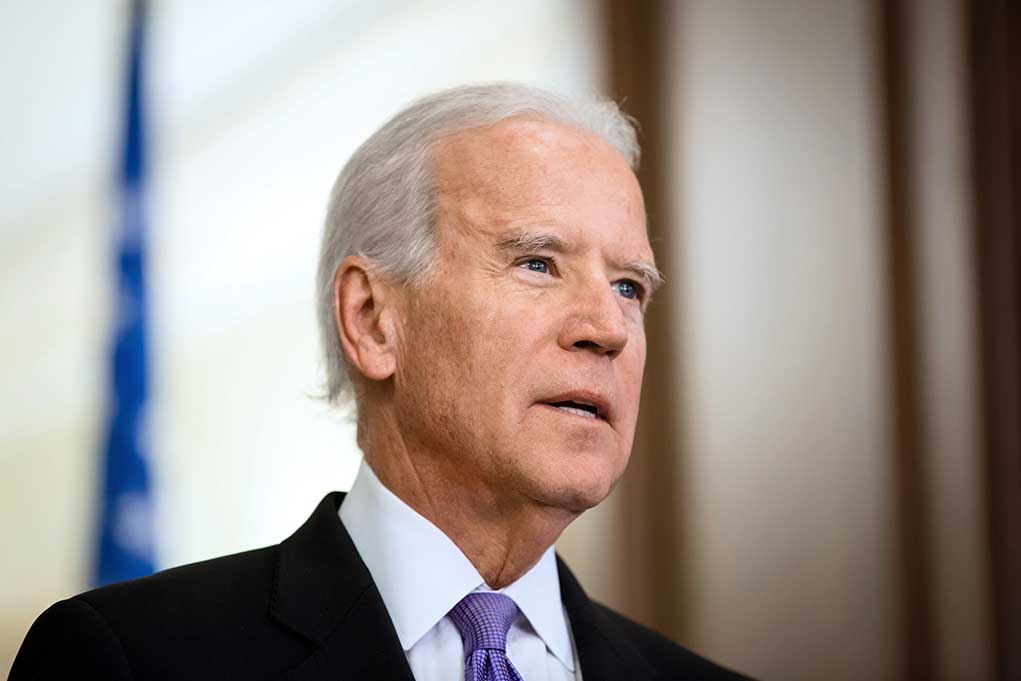
Of all the things NASA wants to spend taxpayer money on, this is one of the most out-of-this-world ideas to date. Thanks to a petition from the Office of Science and Technology Policy (OSTP), NASA is now looking into instituting Coordinated Lunar Time (LTC). Invented to aid space missions and navigation, it hopes to see it implemented by the end of 2026.
OSTP Deputy Director for National Security Steve Welby issued a press release to go with their petition. “As NASA, private companies, and space agencies around the world launch missions to the Moon, Mars, and beyond, it’s important that we establish celestial time standards for safety and accuracy. A consistent definition of time among operators in space is critical to successful space situational awareness capabilities, navigation, and communications, all of which are foundational to enable interoperability across the U.S. government and with international partners.”
They also specify that adapting LTC will be incredibly difficult. “Due to general and special relativity, the length of a second defined on Earth will appear distorted to an observer under different gravitational conditions … to an observer on the Moon, an Earth-based clock will appear to lose on average 58.7 microseconds per Earth-day with additional periodic variations. This holds important implications for developing standards and capabilities for operating on or around the Moon.”
So far, NASA has not said how long it will take to comply with this petition. Given the variables outlined by Welby and his crew, there is a lot to sort out, and it’s not going to be a simple task to get right. These microseconds that are lost with LTC on the moon add up quickly and it’s not easy to keep straight.







